Piquillo Peppers Artisan Extra (60/80 fruits)
- Remove this product from my favorite's list.
- Add this product to my list of favorites.
- Send to a friend
Piquillo Peppers Artisan Extra (60/80 fruits)
Its singular form, bright red colour, sweet taste, and the artisan manner to roast them, peel them and can them, make these Piquillo Peppers from Lodosa an exceptional quick meal that you cannot miss. Simply delicious. Surprise yourself. Surprise your friends.
Singular glass jar (Net weight 975g)
No reward points for this product because there's already a discount.

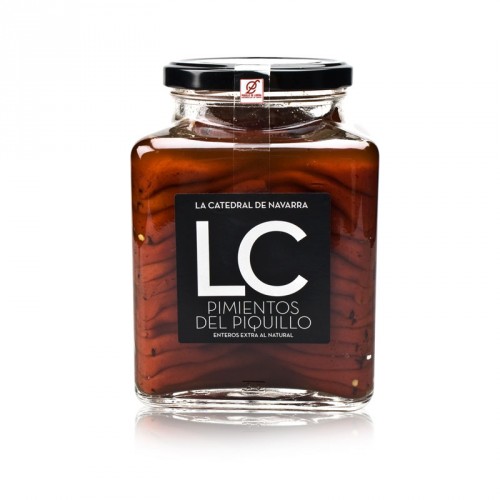























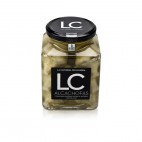

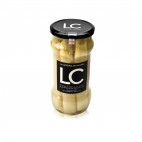
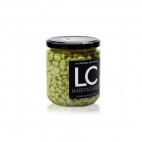

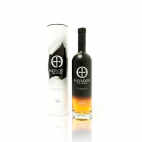
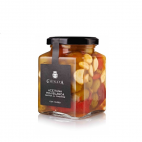
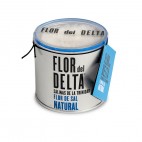
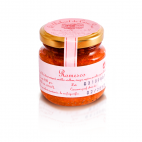
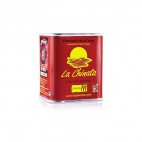
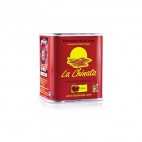
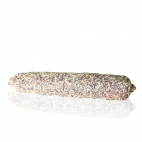
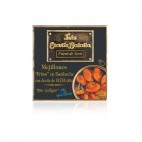
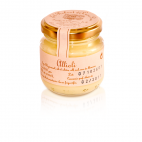
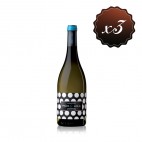
Why in GourmetVip - Conservas La Catedral
No customer comments for the moment.